 Mitsubishi Ki-67 'Hiryu' Mitsubishi Ki-67 'Hiryu'
The Mitsubishi Ki-67 'Hiryu' (Flying Dragon) ("Type 4 Heavy Bomber") (Allied designation 'Peggy') was a Japanese twin engined bomber used by both the Imperial Japanese Army Air Service('IJAAS') and the The Imperial Japanese Navy Air Service ('IJNAS') during World War II. The Ki-67 was intended to have the speed and maneuverability of a fighter. It was also armored and had self-sealing fuel tanks. It was the result of a 1941 Japanese army specification for a successor to the Nakajima Ki-49. This new aircraft was specified to be a high-speed twin-engined heavy bomber suitable for possible conflicts with the Soviet Union over the Manchuria-Siberia border, and unlike many Japanese warplanes, was required to have good defensive armament and the ability to survive heavy battle damage.
Development
The specification dated to late 1940 with the Ki-67 designed by a team led by Kyunojo Ozawa, chief engineer at Mitsubishi. It was a mid-winged monoplane of all-metal construction, with a retractable tailwheel undercarriage. It was also fitted with self-sealing fuel tanks and armor, usually lacking in Japanese aircraft. The three prototypes were not completed until December 1942, February 1943, and March 1943, respectively, but Mitsubishi had already been instructed to build additional prototypes and service-test machines. All three prototypes were armed similarly-one 7.92mm machine gun in each of the nose, port, and starboard beam positions, and one 12.7mm gun in dorsal and tail turrets. The first prototype flew on 27 December 1942 and performed well, lacking only very slightly in speed, and had the maneuverability to perform loops. It had good manoeuvrability in high-speed dives (up to 644 km/h/400 mph), excellent sustained rate of climb, and outstanding agility (excellent turn rate, small turn radius, and ability to turn at low speeds). Overall, the Mitsubishi team and the Army were pleased with the new creation. Although the maximum speed was eight miles per hour slower than the specification called for, the Ki-67 easily met or exceeded every other requirement. Once the service-test machines were modified to improve their handling characteristics, the type was discovered to be both easy to fly and amazingly manoeuvrable. With these features and its two 1,417 kW (1,900 hp) 18-cylinder air-cooled radial engines, the Ki-67 was perhaps one of the most sturdy and damage-resistant of all Japanese bombers. Back to Top
In Action
he Ki-67 first saw operational use in the air battle off Formosa in October 1944 against the US 3rd Fleet during its strikes against Formosa and the Ryukyu Islands. It was later used at Okinawa, in Mainland China, French Indochina, Karafuto and against B-29 airfields in Saipan and Tinian. In its original bomber role, the Ki-67 was used by the IJAAF over China, and Hamamatsu-based Ki-67s, staging through Iwo Jima, made repeated attacks on B-29 bases in the Marianas until Iwo Jima was invaded. Special suicide attacks (Giretsu) used the Ki-67 to attack the American airfields in the Marianas but by using more fuel, the Giretsu missions were one-way only, because of the long range. Special attack versions of the Ki-67 (the I KAI and Sakura-dan models) were used in kamikaze missions with Ki-67's being converted into To-Go suicide planes with two 800 kg/1,760 lb bombs, otherwise unarmed and without turrets during Okinawa operations.
Production was badly impaired thereafter by the American strategic bombing campaign and the earthquake of December 1944, which badly affected engine production. By the end of World War 2, a total of 767 aircraft were built.
Back to Top
|
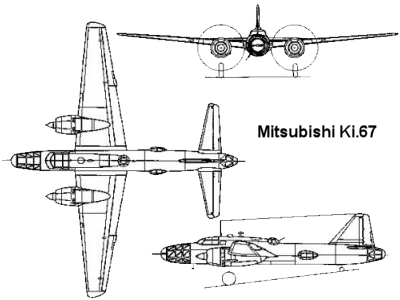 Mitsubishi Ki-67 Hiryu 3 View
Mitsubishi Ki-67 Hiryu 3 View
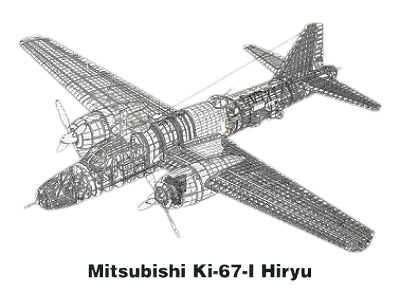 Mitsubishi Ki-67 Hiryu Cutaway
Mitsubishi Ki-67 Hiryu Cutaway
Specifications(Ki-67):
Country of Origin: Japan
Crew: 6-8
Length: 18.7 m (61 ft 4 in)
Wingspan: 22.50 m (73 ft 10 in)
Height: 7.7 m (25 ft 3 in)
Weight: 8,649 kg (19,068 lb) Loaded: 13,765 kg (30,347 lb)
Powerplant: 2 × Mitsubishi Ha104 (Army Type 4 1,900hp Air Cooled Radial)
18-cylinder air-cooled radial piston engines, 1,400 kW (1,900 hp) each
Performance:
Maximum speed: 537 km/h (334 mph, 290 kn) at 6,090 m (19,980 ft)
Cruise speed: 400 km/h (250 mph, 220 kn) at 8,000 m (26,000 ft)
Range: 2,800 km (1,700 mi, 1,500 nmi)
Service ceiling: 9,470 m (31,070 ft)
Rate of climb: 6,000 m (20,000 ft) in 14 minutes 30 seconds
Armament:-
Guns: 1 × 20 mm (.79in) Ho-5 cannon in dorsal turret, 5 × 12.7 mm (.50in) Ho-103 (Type 1)
machine guns, one in nose, 1 in the tail, and 1 in each beam position (late models);
Early models carried magazine-fed 7.7mm (.303in) Type 89 machine guns in the beam positions.
Bombs: 800 kg (1764 lb) of bombs in internal bay or one torpedo,
Kamikaze versions carried 2,900 kg (6,400 lb) of bombs
|
|
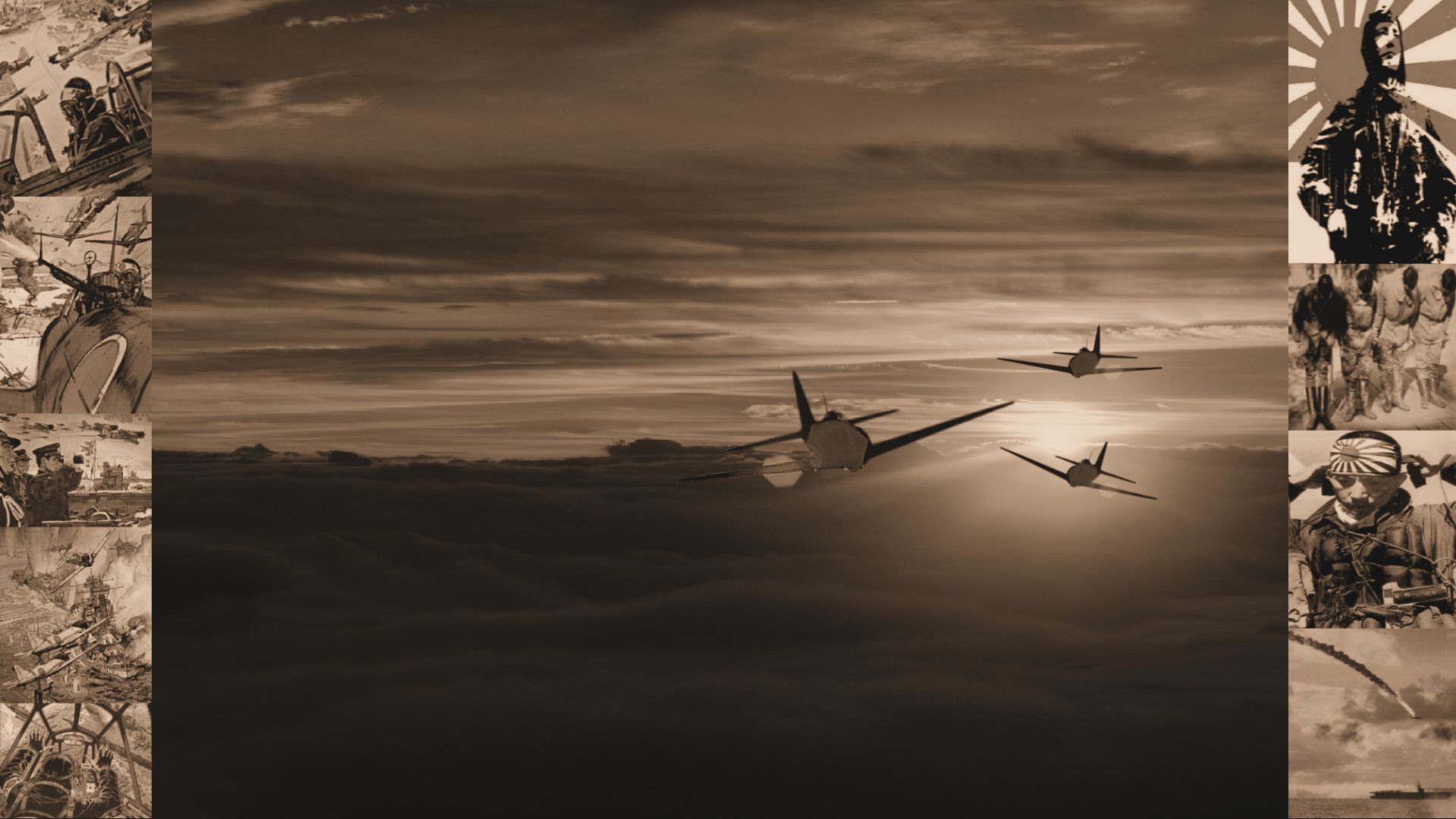


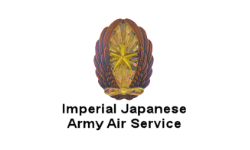
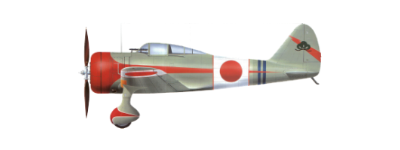 Ki-27
Ki-27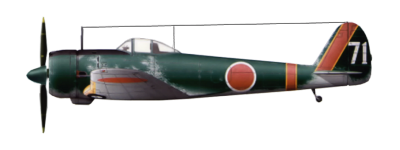 Ki-43 Hayabusa
Ki-43 Hayabusa Ki-44 Shoki
Ki-44 Shoki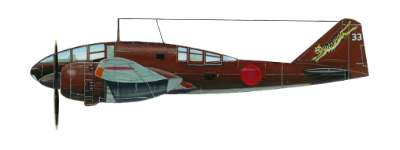 Ki-46
Ki-46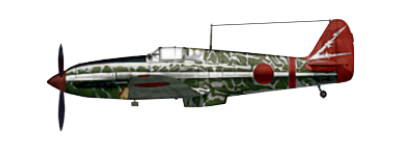 Ki-61 Hien
Ki-61 Hien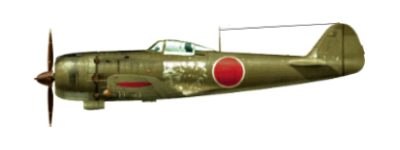 Ki-84 Hayate
Ki-84 Hayate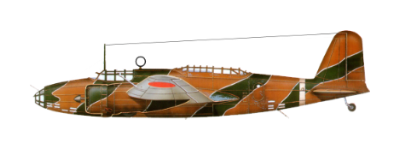 Ki-21
Ki-21
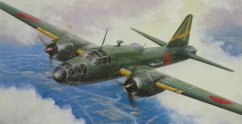

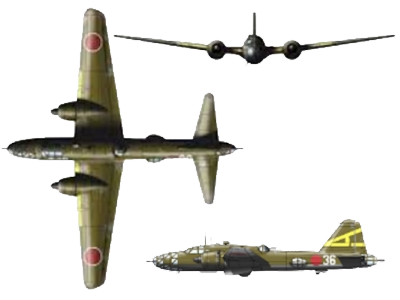
 Mitsubishi Ki-67 'Hiryu'
Mitsubishi Ki-67 'Hiryu'

